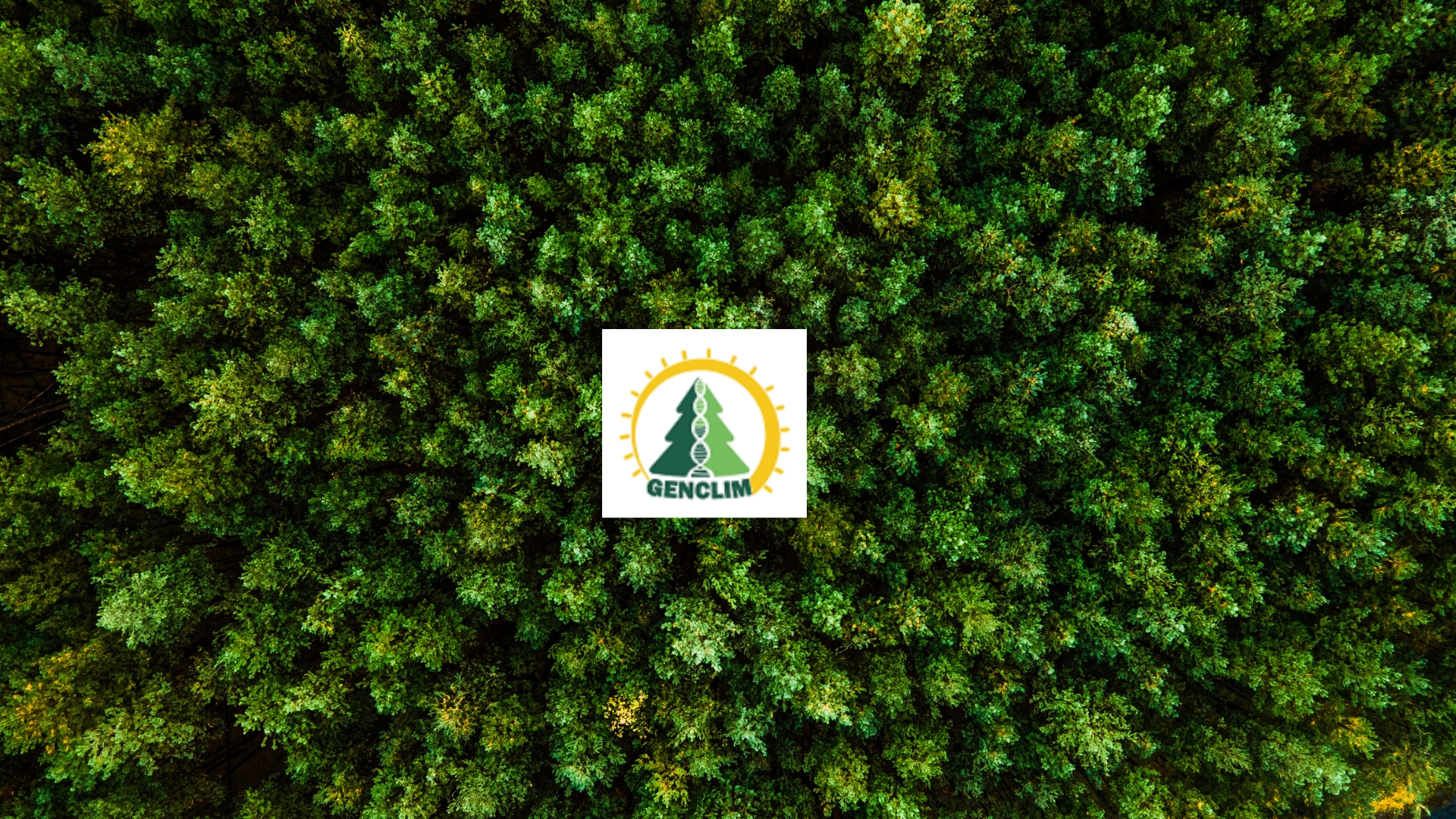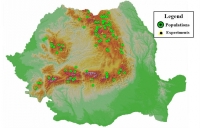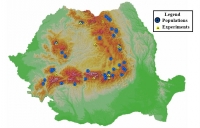Activities and expected results
WP1: Identification of climatic factors and their influence on the growth and adaptation of spruce, fir and Scots pine populations
WP2: Variation and genetic control of phenological characters and growth characters
WP3: Evaluation of the spatial genetic structure of tree populations with the help of molecular markers
WP4: Elaboration of the impact model and risk assessment for the studied species both under current climate conditions and for future climate scenarios
WP5: Analysis of the vulnerability of forest ecosystems to the effects of climate change and the identification of concrete adaptation measures





